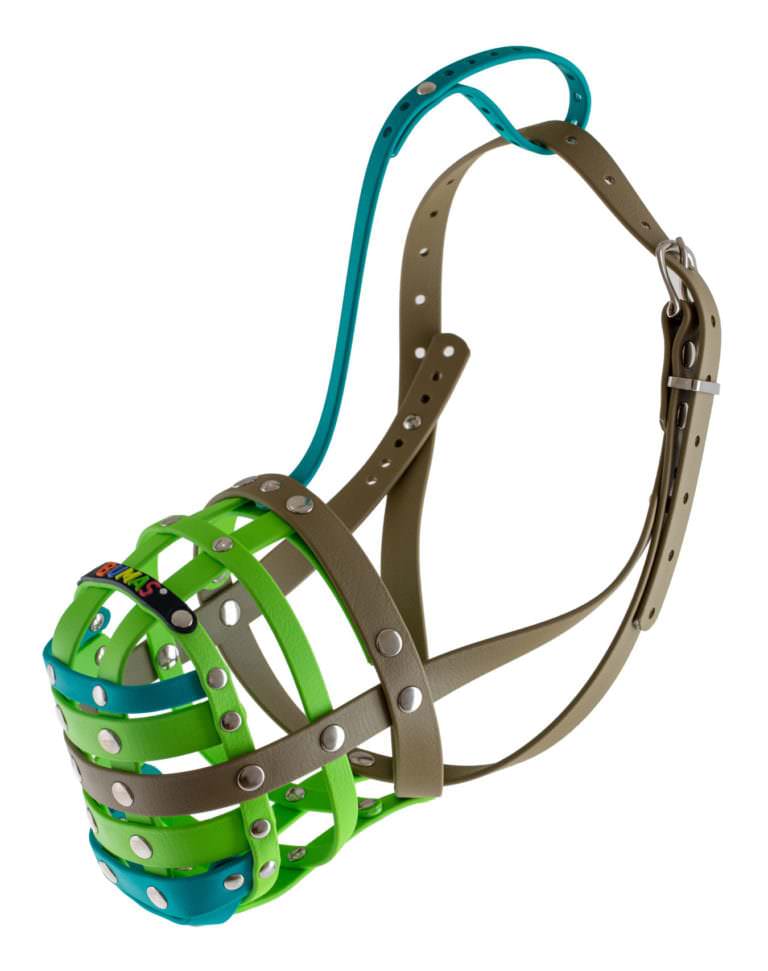Danger poison bait
During the daily walk, every dog owner’s heart swells when the dog explores nature. He smells irresistible odours and goes on a discovery tour through the bushes. Unfortunately, we often hear about poisoned baits being placed on popular walking paths. Even on private property you are often not safe if poison baits are thrown over the fence. This makes going for a walk a lot less fun! Of course, owners don’t want to put their dogs in danger.
Poison baits can be life threatening for all dog breeds On the one hand, prepared baits with nails, shards or razor blades inflict considerable injuries on animals. On the other hand, the substances used, such as rat poison, antifreeze and pesticides, affect the organism. Unfortunately, often to such an extent that it significantly reduces the quality of life and also life expectancy.
Poisoning hazards for dogs
- Poison baits placed in a targeted manner
- Prepared baits with nails, broken glass or razor blades
- Carcasses of animals that have died from poison
- Rat poison
- Pesticides
- Poisonous plants (often found in your own garden)
How to protect your dog from poisoned baits
Unfortunately, poison baits are hardly visible at first sight. Because almost any substance can be used. Most of the time, the poisonous substances are hidden in food or dog treats. As they are particularly tempting for animals. This makes it even harder to spot the danger, as it is not uncommon to find food scraps lying on the ground. The best thing to do is to keep a close eye on your dog and be alert as soon as he smells something.
Basically, every dog should be trained through positive regular training methods to not pick up anything from the ground while walking. This will not only protect them from poisonous baits, but also from gastric problems or intolerances. Through positive training, the dog learns to resist these temptations.
If poisoned baits are found in a certain area, you should avoid the affected area or keep your dog on a short leash. If you find poisoned baits yourself, report it to the police immediately and file a complaint. This case will then be registered and other dog owners will be informed. This increases awareness.
A muzzle protects from poisoned baits
To be absolutely sure that your dog does not eat unwanted food, we recommend using a Muzzle in at-risk areas. We recommend positiv antrainiert So that your dog accepts the muzzle that is supposed to protect him from poisonous baits.
With the BUMAS “security straps” optionyou prevent your dog from eating unwanted food. They reduce the gaps between the straps at the muzzle front and increase stability at the same time. Your dog is protected optimally and can still drink and pant.
Poisoning symptoms
How can you tell if your dog has eaten poisoned baits? Unfortunately, this question is not so clear-cut. Depending on which poison was eaten, different symptoms can be caused. In any case, a poisoned bait can be extremely dangerous for your dog’s life. If your dog behaves in a strange way, call your vet immediately or call the mobile animal rescue service. The following symptoms may indicate acute poisoning:
- Vomiting
- Diarrhoea
- Heavy drooling, excessive panting
- Restlessness or apathy
- Trembling
- Swaying walk, staggering
- Convulsions or even coma
- Pale gums or severely discoloured mucous membranes
- Large pupils
- Reddened eyes
- Bleeding

First aid in case of suspected poison bait
Dogs are known to love sniffing in tall grass or bushes. It can easily happen that they eat the wrong thing. If you notice that your dog has eaten something, you should take action:
- Prevent your dog from swallowing the poisonous bait.
- If your dog does not react to the usual signals, try to get the food out of his mouth.
- To be on the safe side, consult your veterinarian
- For an accurate diagnosis, it is important that you give any remains of the potential poisoned bait to the vet

Safe through daily routine with focused training
You and your dog have several options available in everyday life to protect your dog from poisoned bait injuries. Use a muzzle, because every dog should be positively used to a muzzle, as well as to Leashes, Collar and chest harness. In a relaxed atmosphere, the muzzle can be positively trained with a few tricks. With targeted Muzzle training that's fun you give your dog security and your dog likes to wear his muzzle. A muzzle is particularly worthwhile in areas that are heavily frequented by poisoned baits.
In addition, do some anti-poison bait training with your dog. In anti-poison bait training, the dog is supposed to show when he has found something. Therefore he gets a lot of verbal praise and a great reward (treat or favourite toy). This is positive training! The basic idea of this method is that there are much more interesting things (just treats or favourite toys). Found food is no longer the ultimate. Your dog should show when there is food on the floor, because that is what he gets the reward for. Ask qualified and certified dog trainers or dog training centers for appropriate training and courses.
Get in touch with our team.
Our experts are available for your inquiries.
